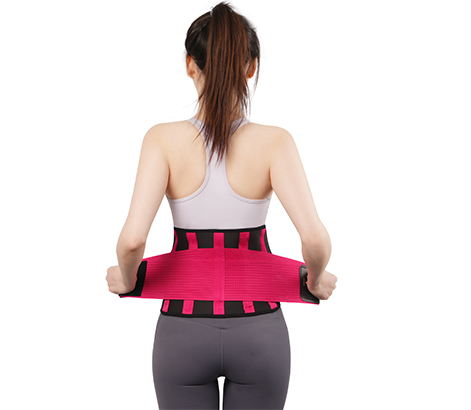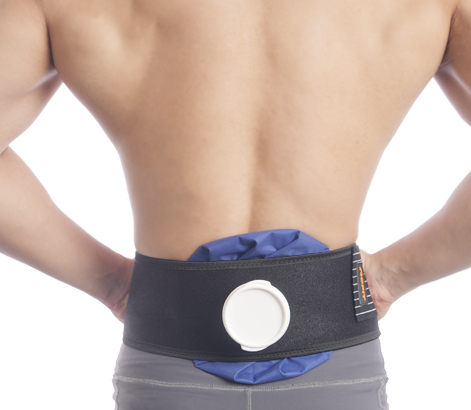Sports can be dangerous, and it is essential to take all necessary precautions to protect yourself from injury. One way to do this is by using sport braces. Sports braces are designed to provide extra support to your joints, prevent injuries, and help you recover from injuries faster.
Sports braces come in different types, each designed to serve a specific purpose. The American Academy of Orthopaedic Surgeons categorizes joint braces into four categories; prophylactic braces, functional braces, rehabilitative braces, and patellofemoral braces. AOFIT is a brand that produces high-quality sports braces that cater to all these categories.
1. What Are the Differences
Prophylactic Brace
Prophylactic braces are designed to prevent injuries or reduce their severity in contact sports. These braces are commonly used on knee and ankle joints in sports such as football, basketball, and soccer. Prophylactic braces are usually made of neoprene material and are intended to protect the joint from a direct impact. AOFIT's prophylactic braces are ideal for athletes who participate in high-impact sports.


Functional Brace
Functional braces provide support to unstable joints. Unstable joints can occur due to previous injuries or genetic factors. Functional braces stabilize the joint and prevent it from moving too much. These braces are commonly used on knees and elbows. AOFIT's functional braces have adjustable straps that provide customized support to your joint.


Rehabilitative Brace
Rehabilitative braces are designed to allow protected and controlled movement during rehabilitation. These braces are typically used after surgery or injury to help the joint heal correctly. Rehabilitative braces can help reduce pain, swelling, and muscle weakness. They promote healing by limiting movement to the injured area. AOFIT's rehabilitative braces are made of breathable materials that promote circulation and reduce inflammation around the joint.


As an example, with the fast invention and refining of knee braces, techniques for preventing and treating knee injuries have evolved. Prophylactic knee braces are intended to protect undamaged knees against valgus forces that might cause medial collateral ligament injury.
Functional knee braces are designed to provide knee stability under rotational and anteroposterior stresses. They can help in the treatment and rehabilitation of ligamentous knee problems. Patellofemoral knee braces have been used to treat anterior knee problems, and they provide substantial subjective improvement with no notable drawbacks. Additional well-designed research is required to objectively establish the advantages of all knee braces. Knee braces should be worn alongside a rehabilitation program that includes strength training, flexibility, activity moderation, and technique refining.
When choosing between prophylactic, functional, and rehabilitative braces, you must consider your specific needs and the level of support you require. If you're engaging in high-risk activities or want to reduce the risk of injury, a prophylactic brace may be the best choice. If you have an existing injury, a functional brace may be more appropriate. And if you're recovering from surgery or a severe injury, a rehabilitative brace may be necessary.
It's also important to consider factors such as comfort and fit when choosing a brace. Make sure the brace fits properly and is comfortable to wear for extended periods. Additionally, consult with a medical professional or an experienced physical therapist to determine which type of brace is best suited for your needs. With the right brace, you can reduce your risk of injury and promote optimal healing and recovery.
2. Choosing the Right Brace
Choosing the right brace can be challenging, but it is essential to ensure proper treatment and healing. Here are some factors to consider when selecting a brace:
Purpose
The first and most important factor to consider is the purpose of the brace. Understanding why you need a brace will help you select the right type and design.
Material
The material of the brace is also an essential factor to consider. Different materials have different properties and benefits, so it is important to choose one that is appropriate for your needs.
Fit
The fit of the brace is also crucial. A brace that does not fit properly can cause discomfort, impede the healing process, or even cause further damage. It is important to choose a brace that fits comfortably and snugly.
Durability
Durability is another factor to consider when selecting a brace. A durable brace will provide long-term support and protection, ensuring proper healing and preventing re-injury.
Cost
The cost of the brace is also an important consideration. Braces can range from inexpensive to very costly, depending on the type, material, and design. It is essential to choose a brace that is within your budget while still providing the necessary support and protection.
3. Conclusion
In conclusion, sports braces play an essential role in injury prevention and rehabilitation. They come in different types, each designed to cater to specific needs, including prophylactic braces that prevent injuries, functional braces that stabilize unstable joints, rehabilitative braces that promote healing, and patellofemoral braces that relieve anterior knee pain. When choosing a sports brace, it is essential to consider several factors, including proper fit, comfort, and support. AOFIT's sports braces are designed to offer high-quality support for all types of joints, ensuring that you can stay active during sports and recover faster from injuries.